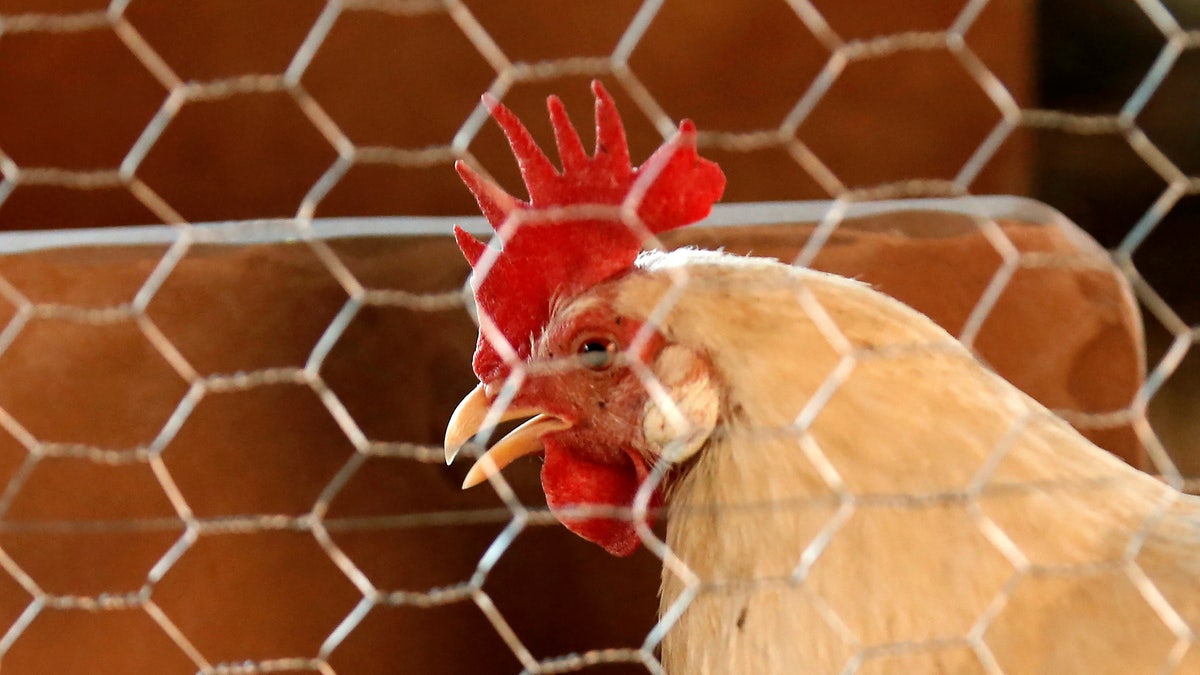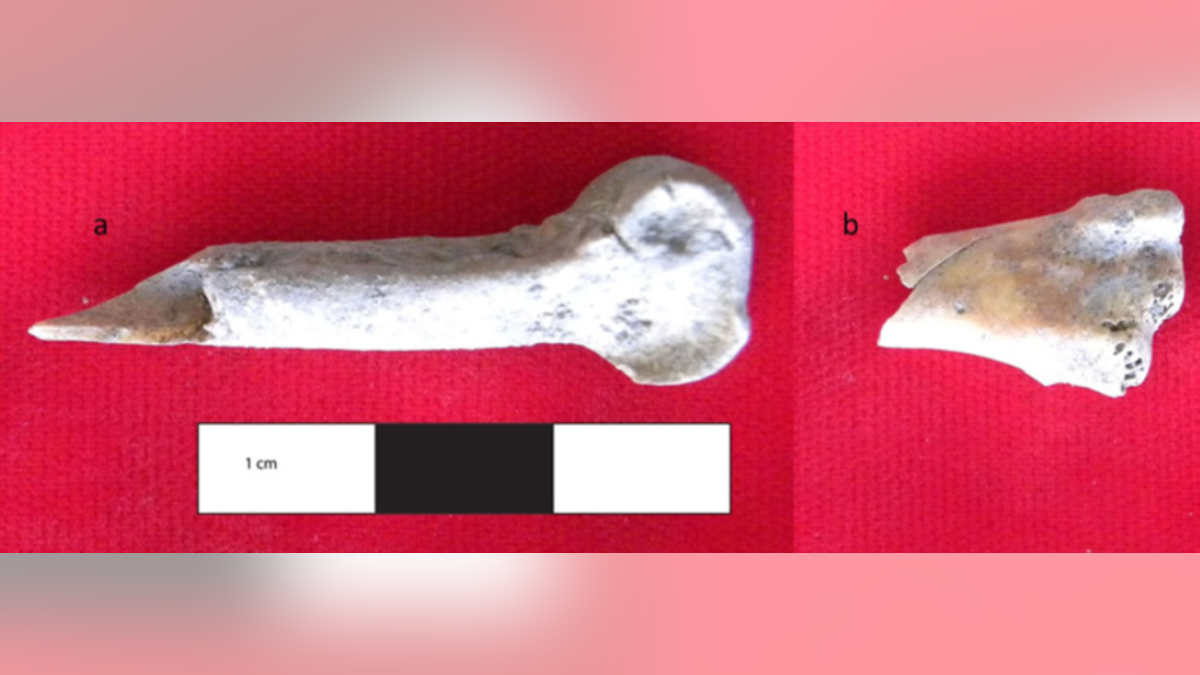
File photo. (REUTERS/Mike Segar)
Long before chickens were eaten in the form of McNuggets or roasted in restaurant windows, they were cargo on trade routes and dinner for ancient people. Now, new research that has identified the oldest chicken bones in Africa is shedding light on the humble chicken’s deep history.
Researchers have discovered that ancient chicken bones in Ethiopia— two of which have evidence of ancient human teeth marks—are the oldest known such bones on the continent, dating as old as the year 819 BC. The study, published in the International Journal of Osteoarchaeology, helps researchers better understand the different ways humanity’s tasty feathered friend first arrived in Africa.
“Our study provides the earliest directly dated evidence for the presence of chickens in Africa and points to the significance of Red Sea and East African trade routes in the introduction of the chicken,” Helina Woldekiros, the lead author on the new study and a postdoctoral anthropology researcher at Washington University, said in a statement.
MYSTERIOUS PACIFIC ISLAND BURIAL SITE IS OLDER THAN THOUGHT, STUDY SAYS
Before this study, the oldest chicken bones on the continent dated to about 685-525 B.C. The fowl are first thought to have come to Africa through the north— like Egypt and the Nile Valley— about 2,500 years ago, and past research has even drawn on images of chickens on ceramics or paintings, in addition to the study of old chicken bones. This new research highlights the continent’s eastern side a possible pathway for chickens into Africa.

Domestic chicken bones recovered from Mezber include a distal tibiotarsus bone with a cut mark (left) and the shaft of a humerus bone with a human tooth mark (right). (Courtesy of International Journal of Osteoarchaeology)
“Some of these bones were directly radiocarbon dated to 819–755 B.C., and with charcoal dates of 919–801 B.C. make these the earliest chickens in Africa,” Woldekiros added, in the statement. “They predate the earliest known Egyptian chickens by at least 300 years and highlight early exotic faunal exchanges in the Horn of Africa during the early first millennium B.C.”
The bones were first excavated from a village called Mezber in northern Ethiopia.
Follow Rob Verger on Twitter: @robverger




















